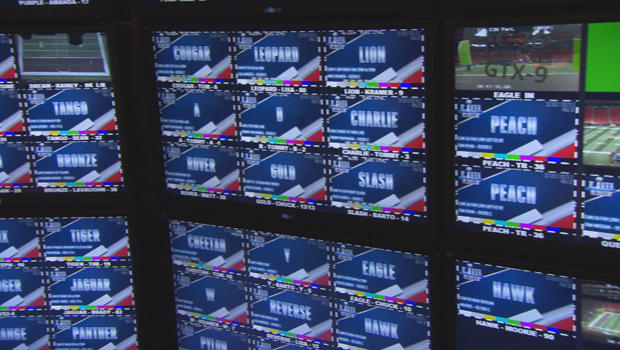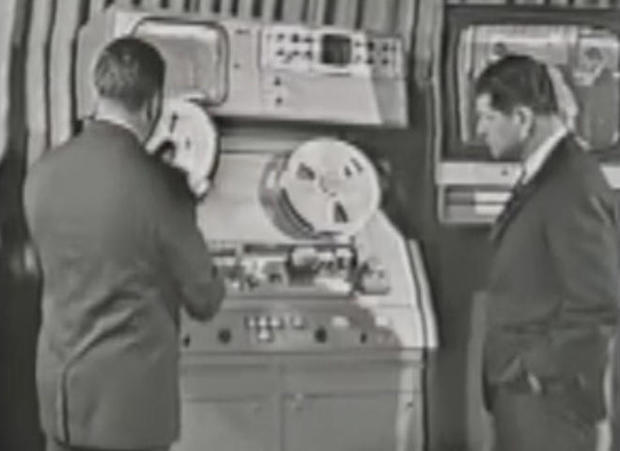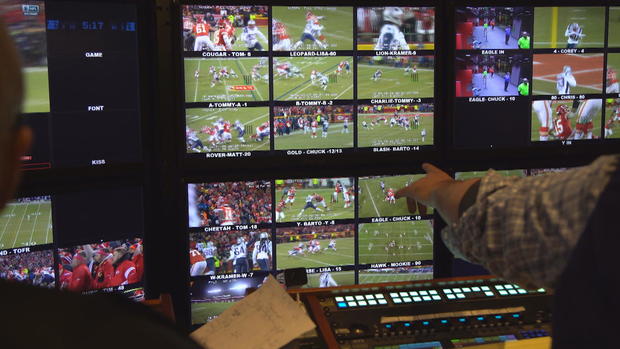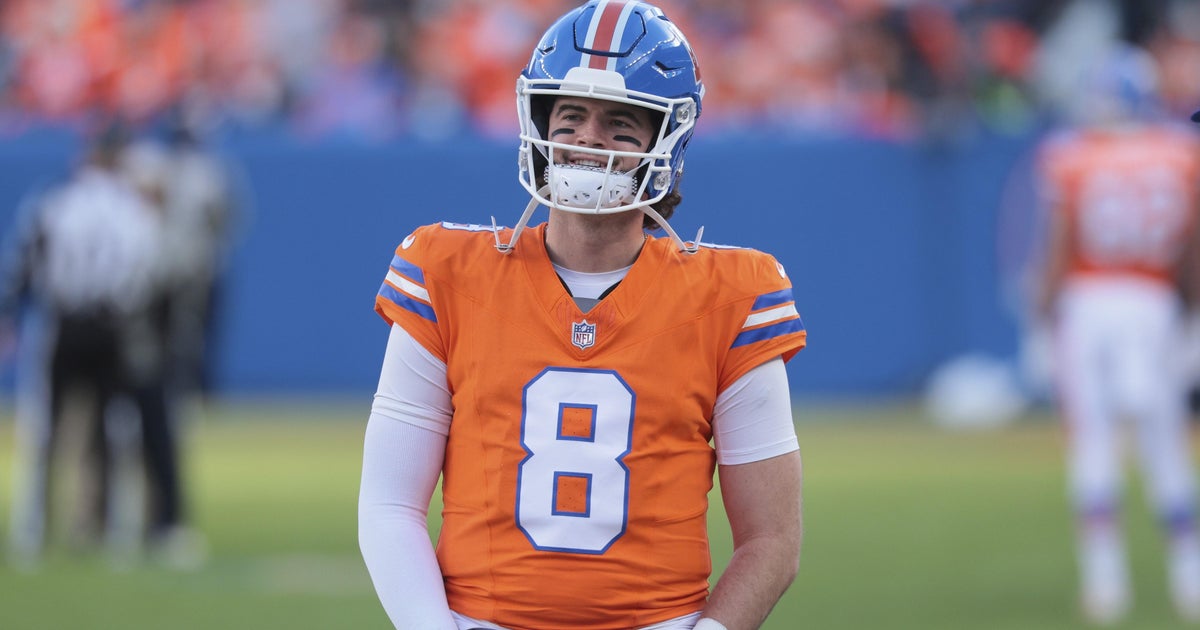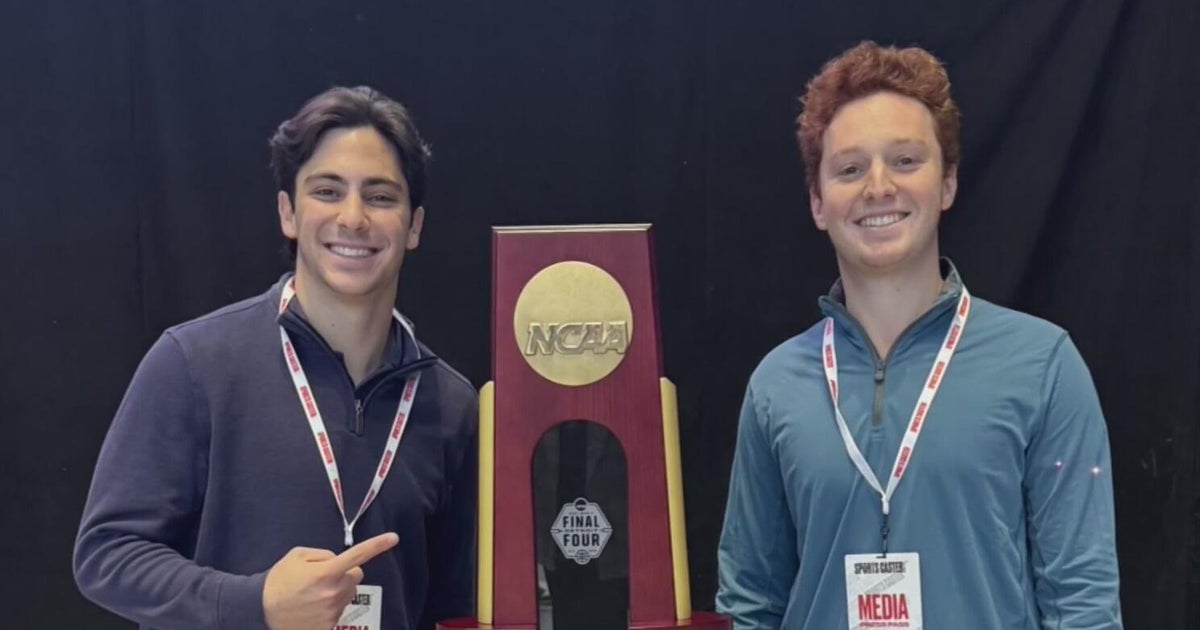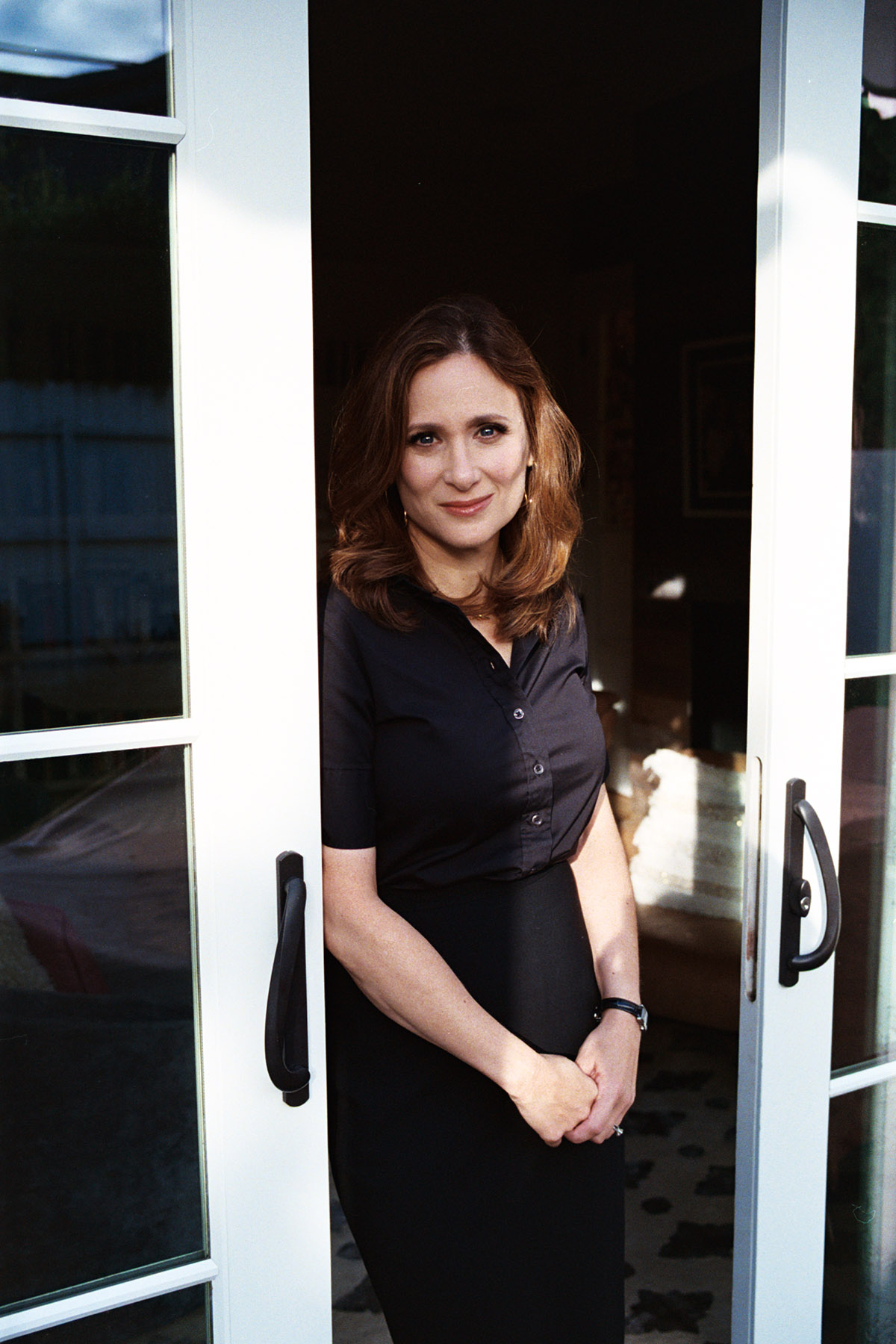Let's go to the instant replay: A quick look behind the scenes
For nineteen Super Bowls now, CBS Sports' Ken Aagaard has been wedging as much TV technology as possible into the stadium for the biggest game of the year. Tonight, at Mercedes-Benz Stadium in Atlanta, he has 115 cameras, including three SkyCams flying through the air, and 28 others squeezed into the pylons marking the edges of the end zones.
"You get these definitive shots right here on the sideline, all the way down to the 10 yard line," Aagaard said. "There isn't a square inch on this field that we do not have covered."
Good news for fans? Sure. But maybe not for replay producer Ryan Galvin. After every play tonight, he'll have just three seconds to choose which of those camera angles to air as an instant replay.
Correspondent Brook Silva-Braga asked Galvin, "Is that not intimidating?"
"No, it's fine," he laughed. "It's a lot. It's a ton."
Each camera is recorded by a digital tape machine; each tape machine has a name. Galvin memorizes them with a hand-scrawled map. "You could make it beautiful with some kind of Excel document, but I don't know how to do any of that," he said.
To cue up the very first instant replay, rewind to 1963, the year CBS director Tony Verna trucked a half-ton tape machine to the Army-Navy game.
He was given an old copy of "I Love Lucy" to record over. (Tape back then was scarce, and didn't work very well.)
Verna's first 30 attempts at a replay that day failed. Then, in the fourth quarter, Army had the ball at the one-yard line. "We were at the hands of fate, if that machine was going to do it or not. And once I punched it up, I went, 'Oh, ****, don't go out on me now!" Verna recalled in a 2004 interview for The Television Academy. "I don't want to see 'Hey, Lucy' on the tape!"
Quarterback Rollie Stichweh recalled, "The play was basically just going up over the top, and being lucky to flip into the end zone." Stichweh's touchdown became the first-ever instant replay.
"The CBS switchboard was inundated with calls saying, 'Did Army just score again on the same play?'" Stichweh laughed.
Ironically, no tape of that historic TV moment survives.
But later replays produced some of the most iconic images in sports, and in television – leaving us awed, even inspired, sometimes enraged by what we've seen.
And yes, sometimes the replay helps change a call.
But first, a producer like Ryan Galvin has to spot the right angle. He does have help; tonight, three dozen technicians, including Lisa Menzies, will be watching and controlling all those camera angles using a kind of high-tech DVR.
Menzies demonstrated a playback of a touchdown for Silva-Braga: "And I might slow it down like that, to show that he got both feet in."
So, every time something moves in slow motion tonight, remember how fast it's going for the guy in front of all those monitors. "Talk about team game – this is as much of a team, almost, as the guys on the field," Galvin said.
See also:
- CBS NEWS POLL: Football fans divided on use of instant replay
For more info:
- Super Bowl LIII, Sunday, February 3 at 6:30 p.m. ET on CBS
- Here's how to watch the 2019 Super Bowl
- Complete CBSNews.com coverage: Super Bowl
Story produced by John Goodwin.

